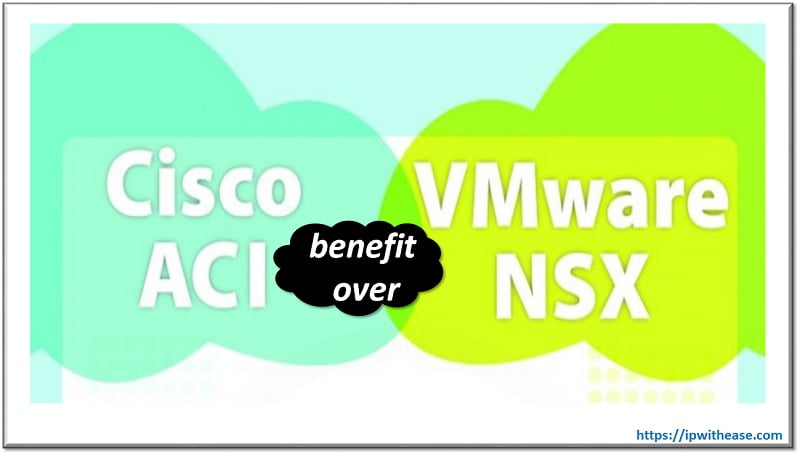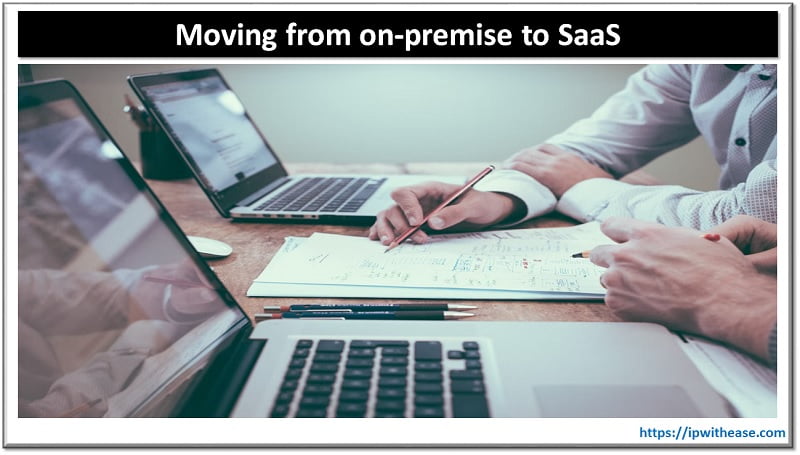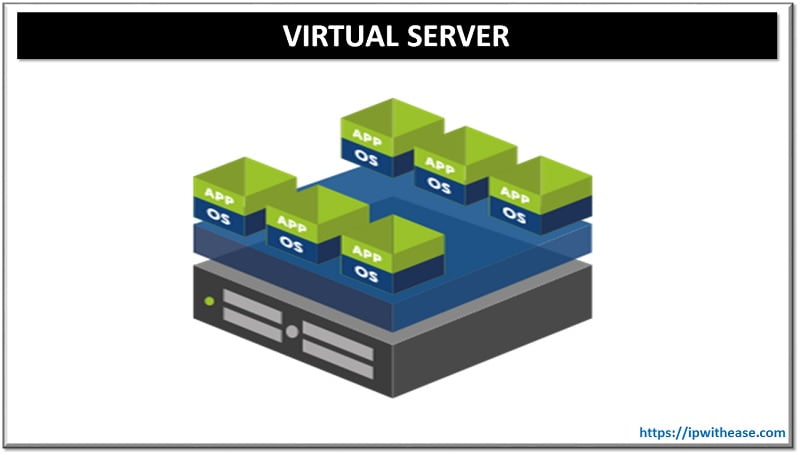What is Cloud all about? How do we use Cloud? Where is Cloud? Do we use Cloud? What is the benefit one gets from it? Such basic questions and many more keep on circling around when ones hears “Cloud” or “Cloud Computing”.
In simple words, Cloud Computing means storing and accessing data and programs over the Internet instead of your computer’s hard drive. Cloud computing is a type of computing that relies on sharing computing resources rather than having local servers or personal devices to handle applications.
An example of “Cloud Computing” is Yahoo email or Gmail etc. All one needs is just an internet connection and one can start sending emails. The server and email management software is all on the cloud (internet) and is totally managed by the cloud service provider Yahoo, Google etc. The end user gets to use the software alone and enjoy the benefits. Another case is google drive where one stores personal information over Internet on the Cloud and not on the local PC / laptop Hard Drive.
There is also great choice in the level of security and management required in cloud deployments, with an option to suit almost any business –
- A Public Cloud is one where services and infrastructure are hosted off-site by a cloud provider, shared across multiple clients and accessed by these clients via public networks such as the internet. Public clouds offer great economies of scale and redundancy but are more vulnerable than private cloud setups due their high levels of accessibility.
- Private Clouds on the other hand use services and infrastructure stored and maintained on a private network – whether physical or virtual – accessible for only one client. This provides improved level of security and control. Cost is on higher side as the enterprise in question will have to purchase/rent and maintain all the necessary software and hardware.
- The 3rd one is Hybrid Cloud and as the name suggests, combines both public and private cloud elements. A hybrid cloud allows a company to maximise their efficiencies; by utilizing the public cloud for non-sensitive operations while using a private setup for sensitive or mission critical operations, companies can ensure that their computing setup is ideal without paying any more than is necessary.
Moving away from deployment models, broadly speaking there are 3 models of cloud computing which describe the service on offer; these are Software as a Service (SaaS), Platform as a Service (PaaS) and Infrastructure as a Service (IaaS).
- IaaS (Infrastructure as a Service) takes the traditional physical computer hardware, such as servers, storage arrays, and networking, and lets you build virtual infrastructure that mimics these resources, but which can be created, reconfigured, resized, and removed within moments, as and when a task requires it. The most well-known IaaS provider, Amazon Web Services
- PaaS (Platform as a Service) provides a method for programming languages to interact with services like databases, web servers, and file storage, without having to deal with lower level requirements like how much space a database needs, whether the data must be protected by making a copy between 3 servers, or distributing the workload across servers that can be spread throughout the world. Typically, applications must be written for a specific PaaS offering to take full advantage of the service, and most platforms only support a limited set of programming languages. Some examples of PaaS solutions are the “Google App Engine” system, “Heroku” which operates on top of the Amazon Web Services IaaS system, and “Force.com” built as part of the SalesForce.com Software as a Service offering.
- (SaaS) Software as a Service is at the top layer of cloud computing. Software as a Service is typically built on top of a Platform as a Service solution, whether that platform is publicly available or not, and provides software for end-users such as email, word processing, or a business CRM. Software as a Service is typically charged on a per-user and per-month basis, and companies have the flexibility to add or remove users at any time without addition costs beyond the monthly per-user fee. Some of the most well-known SaaS solutions are “Google Apps”, Salesforce.com, and Microsoft’s “Business Productivity Online Suite”
More of difference of IaaS,PaaS,SaaS – http://www.ipwithease.com/saas-vs-paas-vs-iaas/
Benefits of Cloud Computing –
- Reduced cost: Cloud computing can reduce both capital expense (Capex) and operating expense (Opex) costs because resources are only acquired when needed and are only paid for when used.
- Refined usage of personnel: Using cloud computing frees valuable personnel allowing them to focus on delivering value rather than maintaining hardware and software.
- Robust scalability: Cloud computing allows for immediate scaling, either up or down, at any time without long-term commitment.
Related- Colocation vs Cloud
ABOUT THE AUTHOR

You can learn more about her on her linkedin profile – Rashmi Bhardwaj



